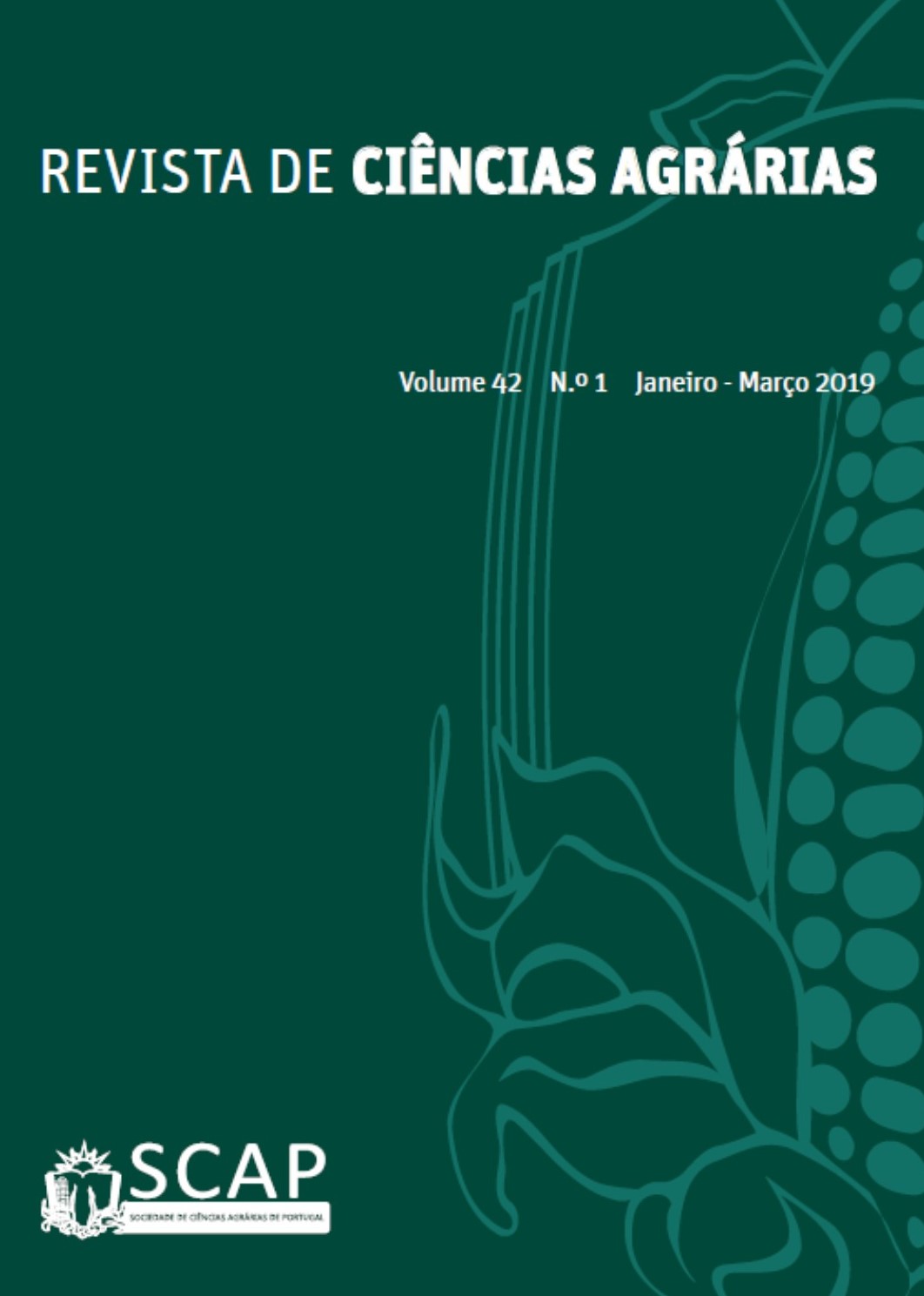Effect of maltodextrin on the atomized ‘Pearl’ pineapple pulp juice
DOI:
https://doi.org/10.19084/RCA18056Abstract
The aim of this work was to evaluate the influence of maltodextrin concentrations and drying temperatures on ‘Pérola’ pineapple pulp juice. The analyzes were performed at the Laboratory of Drying and Storage of Vegetable Products belonging to the Campus of Exact and Technological Sciences, Anápolis-GO. The assay was conducted in a completely randomized design, with a factorial scheme 2 x 4 (drying temperatures x maltodextrin concentrations), with four replicates. In the pineapple pulp juice four different maltodextrin concentrations (5%, 10%, 15% and 20%) were added before drying. The juice was dehydrated in a spray dryer at two temperatures (100°C and 120°C). The variables analyzed were hygroscopicity, pH, color, total soluble solids content and titratable acidity. Data were submitted to analysis of variance (P<0.05) and, when significant, Tukey test (P<0.05) and regression analysis were performed. It can be concluded that the binomial temperature of 100°C and 10% of maltodextrin concentration, gave the best results for titratable acidity and luminosity (L), it being possible to obtain a pineapple powder of low hygroscopicity at the drying temperature 100°C and 20% maltodextrin.


